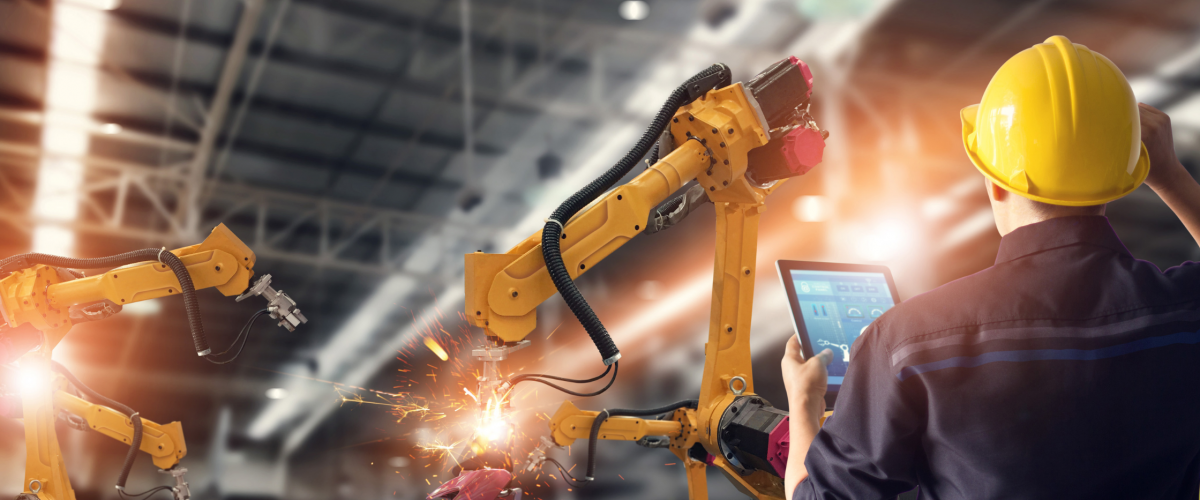The oil and gas industry is undergoing a rapid transformation fueled by digital innovation. Among the most impactful advancements are automation and robotics, which are revolutionizing onshore oilfield operations by enhancing safety, boosting efficiency, and reducing operational costs. As onshore oilfields grow more complex and competitive, leveraging these technologies has become essential to maintain productivity while addressing environmental and workforce challenges.
In this article, we explore how automation and robotics are reshaping onshore oilfield workflows, the benefits they bring, and what the future holds for this dynamic synergy.
The Need for Automation and Robotics in Onshore Oilfields
Onshore oilfields involve a broad range of activities—from drilling and well completion to production monitoring and maintenance—that are often labor-intensive, hazardous, and prone to human error. Increasing regulatory scrutiny, workforce shortages, and the push for operational excellence have accelerated the adoption of automation and robotic systems.
Key drivers include:
-
Safety: Minimizing human exposure to dangerous environments such as high-pressure zones or toxic gases.
-
Cost Efficiency: Reducing labor costs and optimizing equipment utilization.
-
Data-Driven Decisions: Enabling real-time monitoring and predictive maintenance through integrated sensors and analytics.
-
Operational Consistency: Reducing variability in processes to improve production reliability.
How Automation and Robotics Are Transforming Onshore Operations
1. Automated Drilling and Completion
Modern onshore rigs now feature automated drilling systems that control drilling parameters such as weight on bit, torque, and rate of penetration with minimal human intervention. Robotics assist in pipe handling, tubular running, and connection makeup, speeding up rig-up and rig-down processes while enhancing crew safety.
2. Remote Monitoring and Control
Sensors embedded across wells, pipelines, and surface equipment feed data into centralized control systems. Automation platforms enable operators to remotely adjust flow rates, pressure, and chemical injection, improving responsiveness and reducing the need for on-site personnel.
3. Robotic Inspection and Maintenance
Robots equipped with cameras, ultrasonic sensors, and thermal imaging conduct routine inspections of tanks, pipelines, and valves, identifying corrosion, leaks, or mechanical wear early. This proactive approach minimizes unplanned downtime and costly repairs.
4. Unmanned Ground Vehicles (UGVs)
Robotic vehicles can traverse rugged terrain to perform deliveries, site inspections, or emergency interventions, decreasing personnel exposure to hazardous zones and improving operational logistics.
Benefits of Automation and Robotics in Onshore Oilfields
-
Enhanced Safety: Robots and automation reduce human presence in hazardous areas, cutting accident risks.
-
Improved Efficiency: Automated workflows accelerate drilling and production activities, reducing cycle times.
-
Data Accuracy: Continuous monitoring ensures timely detection of anomalies and better asset management.
-
Cost Savings: Decreased downtime and optimized resource use translate to substantial financial benefits.
-
Environmental Impact: Automation supports better leak detection and emissions control, contributing to sustainability goals.
Challenges and Considerations
While promising, automation and robotics adoption face obstacles:
-
Integration with Legacy Systems: Older equipment may require upgrades to support modern automation.
-
High Initial Investment: Capital costs for robotic systems and automation software can be significant.
-
Skill Gap: Workforce upskilling is essential to manage and maintain automated systems effectively.
-
Cybersecurity Risks: Increased connectivity introduces vulnerabilities that must be proactively managed.
The Road Ahead: Future Trends in Onshore Oilfield Automation
-
Artificial Intelligence (AI): Machine learning algorithms will optimize drilling parameters and predict equipment failures before they occur.
-
Digital Twins: Virtual replicas of oilfield assets will enable simulation and advanced scenario planning.
-
Collaborative Robots (Cobots): Robots designed to safely work alongside humans, enhancing productivity without replacing jobs.
-
Edge Computing: On-site processing of data to reduce latency and improve real-time decision-making.
Automation and robotics are no longer optional in the evolving landscape of onshore oilfield operations—they are vital tools driving the industry toward safer, smarter, and more sustainable production. Companies embracing these technologies will gain a competitive edge by enhancing operational efficiency, improving safety standards, and optimizing resource management.
The future of onshore oilfields is clearly one where humans and intelligent machines work in harmony, unlocking new potentials and redefining the way energy is produced.
Read more on Sparkview Energy:
Automation and Robotics in Oil and Gas: Enhancing Efficiency and Reducing Human Risks
How Artificial Intelligence is Driving Sustainability in Oil and Gas Operations
Upstream Innovations: How Technology is Enhancing Petroleum Product Yield


